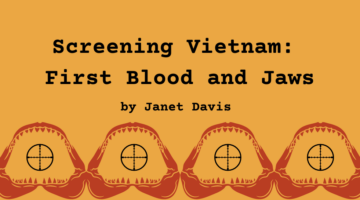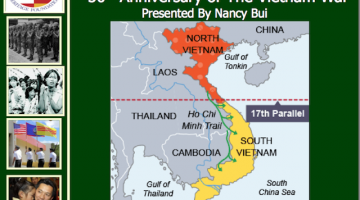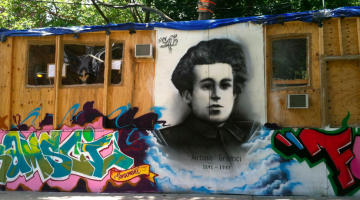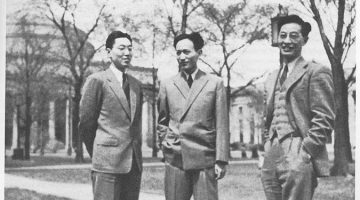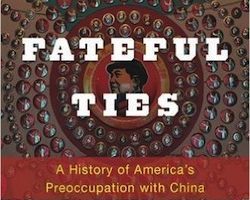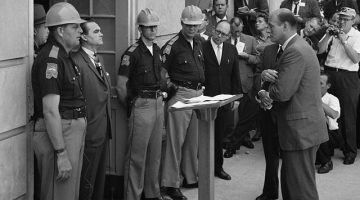
In this history of popular religion and spirituality, Matthew Hedstrom argues that books and book culture were integral for the rise of liberal religion in the twentieth century. After World War I, a modernizing book business and an emerging religious liberalism expanded the spiritual horizons of many middle-class Americans.
